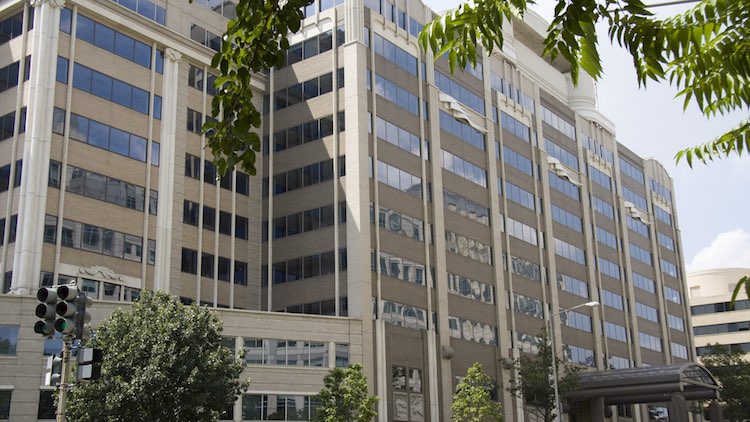Some Jeers for FCC's 6 GHz Item

While most were cheering the FCC's decision to allow unlicensed devices--for things like streaming, video calling, IoT--to use all 1200 MHz of the 6 GHz band, there were some discouraging words as well.
AT&T was one of them--carriers use the spectrum for backhaul, as do utility company incumbents.
Related: NAB Slams 6 GHz Stance
"While we support use of this band for WiFi expansion, any new use must protect incumbent services, which in this case includes tens of thousands of microwave links critical to maintaining network infrastructure. This order does not do that," said Joan Marsh, EVP of regulatory and state external affairs, for AT&T.
Related: NAB Says FCC Spectrum Plan Could Hurt ENG at Crucial Time
“By failing to require that new WiFi devices using this band include smart technology that avoids interference, the FCC’s order will allow the introduction of devices that can impair, or even knock out, links in the networks that monitor our electric grid, enable first responders to communicate and provide mobile broadband services to millions of Americans, particularly in rural areas.
“Even more troubling is the fact that the FCC has no plan to mitigate the interference when it inevitably occurs. Once millions of these new unlicensed devices are released and in use, it will be impracticable, if not impossible, for the FCC to identify and remove specific devices causing interference. Ultimately, it will be public safety, our nation’s critical infrastructure and consumers that will pay the price.”
Multichannel Newsletter
The smarter way to stay on top of the multichannel video marketplace. Sign up below.
"Opening the 6 GHz band can be done in such a way that can both unleash the new innovations the FCC and others hope for while also protecting the CII [critical infrastructure information] systems already in the band," said the Utilities Technology Council. "Doing so would take time, additional study, and stronger protections for incumbent systems. Today, the FCC appears to have decided on taking a much riskier approach that does not control low-power indoor operations using AFC. Nor does the FCC order provide additional testing to prevent interference from occurring or enforcement processes to resolve interference that does occur. We will be fully engaged in the upcoming further notice of proposed rulemaking."
Another was the National Association of Broadcasters (NAB), which had asked the FCC to reserve a slice of that spectrum (80 MHz) for the electronic news gathering (ENG) incumbents, concerned about the potential interference to that vital service.
"NAB is disappointed the FCC is allowing uncoordinated unlicensed use across the entire 6 GHz band," said Executive Vice President of Communications Dennis Wharton. "Unlike in other recent proceedings, the Commission did not bring stakeholders together to seek compromise."
NAB had sought a meeting with the FCC about the interference issue before the vote.
"Moreover, the order represents an inexplicable departure from existing precedent. Rather than require unlicensed proponents to prove they will not cause harmful interference, the Commission shockingly forgoes any independent analysis that interference won’t be too bad or happen too often. This ‘fingers crossed’ approach is bad policy and not what is required under law.
"The record does not remotely justify why the full 1200 MHz in the band is needed for unlicensed use in the near or long term. The COVID-19 crisis has prompted Americans to flock to credible, lifeline local television and broadcast network news in record numbers. If today’s FCC decision is wrong, it will irreparably undermine broadcast newsgathering just as it is needed most."
FCC chairman Ajit Pai told reporters following the vote said that the FCC would guard against interference to incumbents and the item reflected that. He said he had talked to broadcasters and that he felt the FCC had struck "an appropriate balance." He said incumbent users would continue to thrive.
Contributing editor John Eggerton has been an editor and/or writer on media regulation, legislation and policy for over four decades, including covering the FCC, FTC, Congress, the major media trade associations, and the federal courts. In addition to Multichannel News and Broadcasting + Cable, his work has appeared in Radio World, TV Technology, TV Fax, This Week in Consumer Electronics, Variety and the Encyclopedia Britannica.

